By 2029, e-commerce will have surged crazily—$6.48 trillion. Wild and right? The truth is, though, that you are essentially bidding customers farewell at checkout if your website does not provide the payment options people want. Imagine searching online for your preferred payment method missing… challenging! Plerdy comes in here at that. It helps you understand user behavior on your website so you may change things—such as adding Apple Pay, PayPal, or even cryptocurrency—to keep customers delighted. Everybody’s tastes are different. While some customers in Europe choose bank transfers, Americans could tap their phones to pay. Everyone likes something different, much as with pizza toppings! Providing several payment options not only makes sense but also helps your company remain relevant.
Why Diverse E-commerce Payment Systems Matter
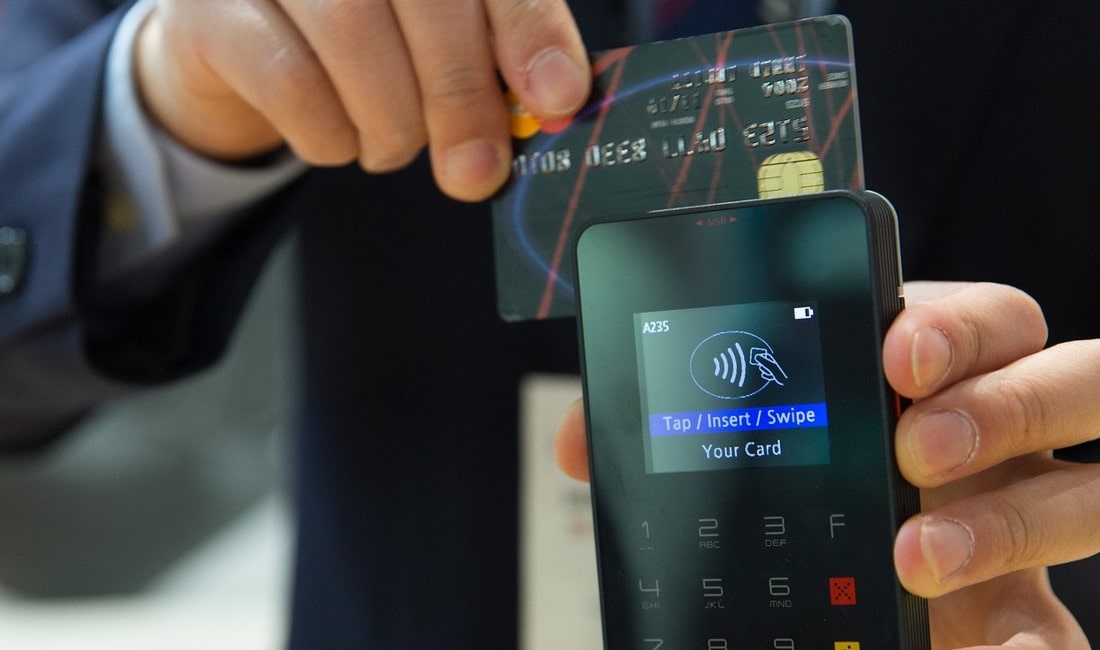
Enhancing Customer Experience
Ever tried making an online purchase, and boom—your payment choice is absent? Feels terrible, correct? Customers then deal with this when an e-commerce company offers only one payment method. Providing several payment options is not only good but also required in the digital environment of today. While some customers cling to credit cards, some like PayPal, and many of the e-commerce crowd enjoy using Apple Pay or even cryptocurrency. Businesses which overlook this diversity run the danger of annoying customers and missing sales.
Imagine this: You run an e-commerce business offering $200 coats. One is ready to purchase but can not see their desired payment method. Now, guess what? They left. That is a lost sale as well. Big e-commerce companies such as Amazon and eBay are familiar with the drill; they provide everything from digital wallets to BNPL (buy now, pay later) choices. King of convenience is none else. Five minutes inputting card details is not fun when a tap will do the job.
Less abandoned baskets and happier customers follow from more payment alternatives. People value businesses who consider their comfort. Using tools like Plerdy, one can examine user behavior to identify the payment systems your guests really utilize. When facts can show you the path, why would you guess?
Increasing Conversion Rates
Getting visitors to your e-commerce business can be challenging. Potential buyers lost at the register? Even more terrible. A proper payment system can turn that script around. Stores having at least three payment methods see conversion rates rise by up to 30%, according to Shopify. That’s huge; consider what thirty percent additional sales may mean for your company!
Different demographics pay with different approaches. Gen Z gravitates toward mobile wallets; older customers might adhere to conventional cards. Ignoring these tastes is like walking away from money on the table. For instance, Netflix uses a variety of payment methods available globally to help them draw millions of members. Given their worldwide crushing, it makes sense.
To be honest, confusing checkouts turn off many customers. Someone wants to make use of Klarna or Afterpay. That is a missed sale if your e-commerce system does not allow it. Crazy, right? BNPL options today account for more than 20% of world internet transactions. Make payment easy for your customers; your company will flourish. Make it difficult; instead you’ll see rivals grab those sales.
Credit and Debit Cards

Global Usage and Popularity
One finds credit and debit cards everywhere. You enter a store, purchase a coffee or shop on an e-commerce website, and what do you extract? a card. Short and straightforward. These payment systems have been in use for decades, which helps people to trust. With billions of users all around, Visa and Mastercard actually rule the market. Cards are clearly very important as around 80% of worldwide internet transactions in 2024 depend on them. E-commerce businesses are aware that skipping card payments runs the danger of losing customers looking for a known, simple solution. Credit and debit cards are given first priority in payment systems even on websites like Amazon and Shopify. Confidence counts. And for customers, cards offer a comfort zone.
Benefits and Drawbacks
Cards offer convenience. Credit and debit cards apply whether your shopping is online, in-store, on your phone. Businesses adore their globally acknowledged nature. Flying? Your card covers more than two hundred countries. You can also relax with fraud prevention mechanisms. Companies like Visa and Mastercard may erase those dubious charges if someone gets your card information. That is right there peace of mind.
Let me say, nevertheless, that things are not perfect. Particularly smaller e-commerce enterprises, high transaction fees seriously affect businesses. Consider losing three percent of every sale. That comes quickly. And although protection against fraud is a benefit, card fraud still costs billions yearly. Data breaches occur and leave businesses and customers in disarray. Not ideal for long-term financial health, individuals also accumulate debt on credit cards. Balancing customer preferences with transaction costs is a continual challenge for e-commerce business.
Trends in 2025
Although their predominance is fading, cards are not disappearing. Apple Pay, Google Pay, PayPal—digital wallets—are taking the stage. Digital wallets should account for more than half of world e-commerce transactions by 2025. The reason is… Better security and faster check-throughs appeal to them. Still, in some markets cards are really valuable. Older generations remain with cards since they are what they know, particularly in areas like the U.S. and Europe. Businesses cannot simply throw them away. Smart businesses, however, combine the two. Though they embrace more modern options, they keep credit and debit cards in their payment systems. It has to do with choosing. Give them what they want; they will return. Ignore trends; you run the danger of lagging others.
Digital Wallets
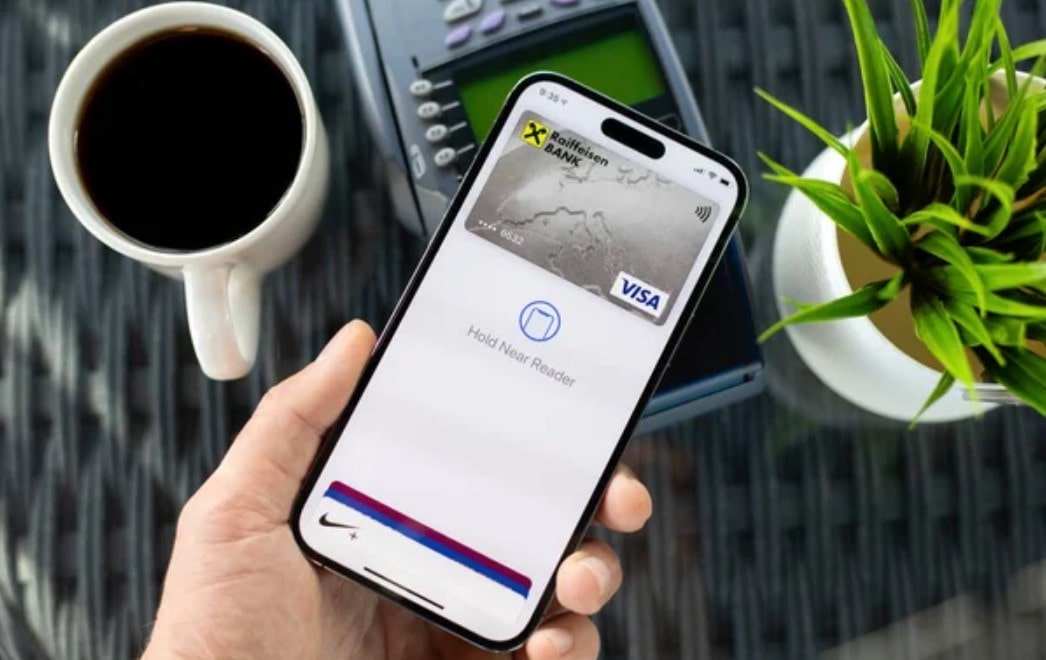
Rise in Popularity
Not surprisingly, digital wallets are proliferating. About 53% of worldwide e-commerce transactions in 2025 will employ digital wallets—that is, billions of dollars flowing without cards or currency! People want ease and speed, and these payment solutions give. Leading the way to transform cellphones into pocket-sized cash registers are Apple Pay, Google Pay, and Samsung Pay. Alipay and WeChat Pay rule, covering more than 90% of mobile payments even in nations like China. Ignoring this trend e-commerce businesses run the danger of losing customers who simply want to tap their phones and leave. Surely nobody likes inputting card numbers every time? The complete e-commerce experience is better thanks to digital wallets, which also keeps customers content and returning.
Advantages and Disadvantages
Using digital wallets is like having a payment magic button. You are done with one tap. This speed means reduced cart abandonment—nobody quits midway through checkout because of payment difficulty. Particularly for mobile customers, convenience is absolutely unmatched. One also considers security. Many digital wallets utilize biometric checks—like Face ID—and tokenization, therefore making fraud a more difficult game for cybercriminals. Faster payment processing helps businesses as well since it increases cash flow. That benefits the expansion of e-commerce.
Let us be honest though; there are drawbacks. Not every e-commerce business takes every digital wallet. Frustratingly, you can find yourself walking into a neighborhood store hearing, “Sorry, we don’t take that.” Security is not perfect as well. Weak systems notwithstanding, hacks occur. Some digital wallets suffered data leaks in 2024 that cost businesses millions. Businesses must balance these dangers. Simply adding a digital wallet to your e-commerce payment choices is insufficient; you also have to make sure it works everywhere your customers make purchases.
Leading Digital Wallets Trends
Globally, Apple Pay and Google Pay are controlling the e-commerce scene. Particularly in the U.S. and Europe, their market share keeps rising. Alipay and WeChat Pay rule all in Asia; they handle mobile payments in China. Latin America is witnessing Mercado Pago climb quickly in parallel. For businesses, providing these wallet choices is expected rather than merely good. Customer sdesire options that line up with their daily buying behavior. Ignorance of it will cause you to lag behind the competitors.
Bank Transfers
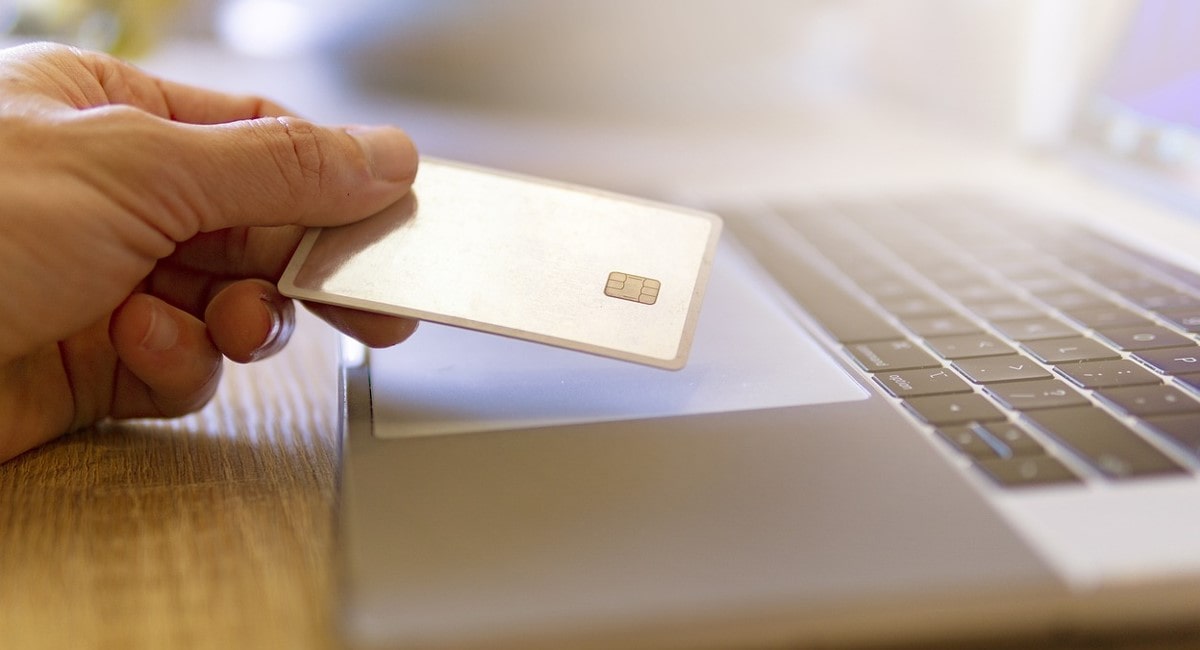
How They Work
Many individuals trust the traditional but still dependable payment method that is bank transfers. You just straight forwardly move money from one bank account to another. Not middlemen, not fancy apps—just you and the bank. Simple and right? For e-commerce, SEPA transfers are massive across Europe, therefore facilitating cross-border payments. Asia loves them too; despite the advent of digital wallets, Japan and South Korea still follow old-fashioned transfers. While less used for daily purchasing, wire transfers are typical for large purchases in the United States. Businesses using this payment system in their e-commerce system attract customers that value additional degree of confidence.
Pros and Cons
Particularly for businesses handling large-dollar orders, bank transfers have certain advantages. Perfect for costly purchases, they are safe and reasonably priced—no outrageous fees eating your profits. Moreover, the rigorous approach of the procedure reduces the possibility of fraud. To be really honest, though, they are not flawless. Transfers can be sluggish. You may find yourself waiting two or three days for the money to show up occasionally. In quick-moving e-commerce, that is not ideal. Manual bank detail filling out may also irritate customers. Typing numbers seems like a hassle in a society when customers anticipate one-click payments.
Usage in B2B E-commerce
In B2B e-commerce, bank transactions shine. When businesses handle high-value orders—say, $50,000 machinery or bulk product shipments—this payment option is usually the preferred one. Still used in over 60% of B2B transactions worldwide are these Businesses have faith in the security and responsibility banks handling big amounts provide. Businesses like Siemens and Toyota depend on them to handle large payments hassle-free. Indeed, they are slower than cards or digital wallets, but speed loses importance to safety when you are negotiating six-figure offers. If your e-commerce company targets other businesses, not providing bank transfers could cost you major revenue.
Mobile Payments

Growth Driven by Mobile Commerce
Mobile payments are flying right now. The reason is… Everybody’s fixated on their phones! Crazy, right? Over 7.5 billion people will own cellphones by 2025—crazy? With world m-commerce sales estimated to reach $4.5 trillion, this surge drives mobile commerce. Lunch breaks or while binge-watching Netflix, customers scroll, click, and pay. Convenience takes front stage. While in the United States Apple Pay and Google Pay take front stage, countries like China lead with Alipay and WeChat Pay predominating. E-commerce platforms not geared at mobile payments? That represents a missed business prospect. People desire easy, rapid payment options free of bother. Should your e-commerce store not provide mobile payments, possible customers could bounce back. Let not let them!
Benefits for Consumers and Businesses
Mobile payments offer a benefit both ways. Customers find speed—just a tap and done. Typing long card numbers and searching for wallets is no more. Loyalty programs also exist. Simple peasy. Starbucks excels with their app—buy coffee, compile stars, get free beverages. Who among us does not adore that? Mobile payment systems provide businesses access to customers across borders. Zero fuss shopping from a French retailer allows someone in Japan to purchase. Faster transaction times further increase sales flow. Not to mention less forgetful pleased customers return. In e-commerce, businesses create long-term loyalty this way.
Limitations to Consider
Sounds great, although mobile payments are not ideal. Not every retailer supports them, which irritates customers expecting a tap-and-go experience. Transaction fees included in some payment systems might reduce earnings. Particularly small businesses feel the squeeze. And what happens should your phone vanish or die? Not a phone nor a payment. One can suffer from depending too much on technology. Not everyone believes storing payment information on phones is safe either. People still worry about hacks even while security is becoming better. When including mobile payment options to their e-commerce system, businesses have to strike a balance between client confidence and cost and convenience.
Buy Now, Pay Later (BNPL)
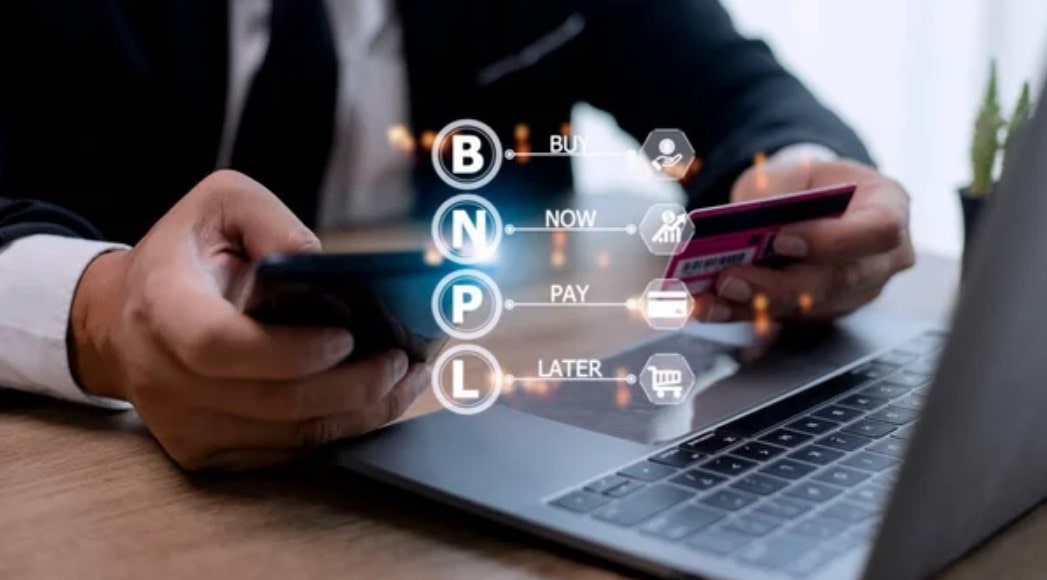
What is BNPL?
In the e-commerce space Buy Now, Pay Later (BNPL) is upending things. Usually in four simple payments, it allows you pay later and grab what you want today. No credit card? Not a problem! Simple is made possible by services such Affirm, Afterpay, and Klarna Younger buyers—especially Gen Z and Millennials—are all in on BNPL. For what? Their passion is for the freedom and no-interest payments—should they be made on schedule. According to a recent study, in 2024 over 60% of U.S. internet buyers between the ages of 18 and 34 utilized a BNPL tool Businesses providing BNPL notice customers filling their carts more often and checking out faster. Win-buy!
Pros and Cons
BNPL offers actual advantages; it is not only buzz. For businesses in e-commerce, it increases conversion. Knowing they can pay later, customers spend more. More average order value? Definitely! Thank you. Particularly for more expensive purchases, customers like the financial freedom. Businesses riding this trend to boost sales are Peloton and Sephora.
Still hold back; there is a flip side. Customers may overspend without considering upcoming expenses. According one poll, 42% of BNPL customers missed at least one payment and suffered late penalties. That is not pleasant. Businesses also deal with changing rules that could complicate matters. Besides, certain BNPL businesses charge retailers more than conventional payment methods. Therefore, even if this is a useful tool, you should consider the advantages and drawbacks before diving in.
BNPL’s Role in 2025 E-commerce
Not anytime soon is BNPL slowing down. By the end of 2025, analysts estimate the BNPL market will have topped over $600 billion worldwide. Providing BNPL could be the edge your company needs to keep customers returning when e-commerce competition becomes hot. Customers demand choices; do not let them click away!
Cryptocurrency Payments
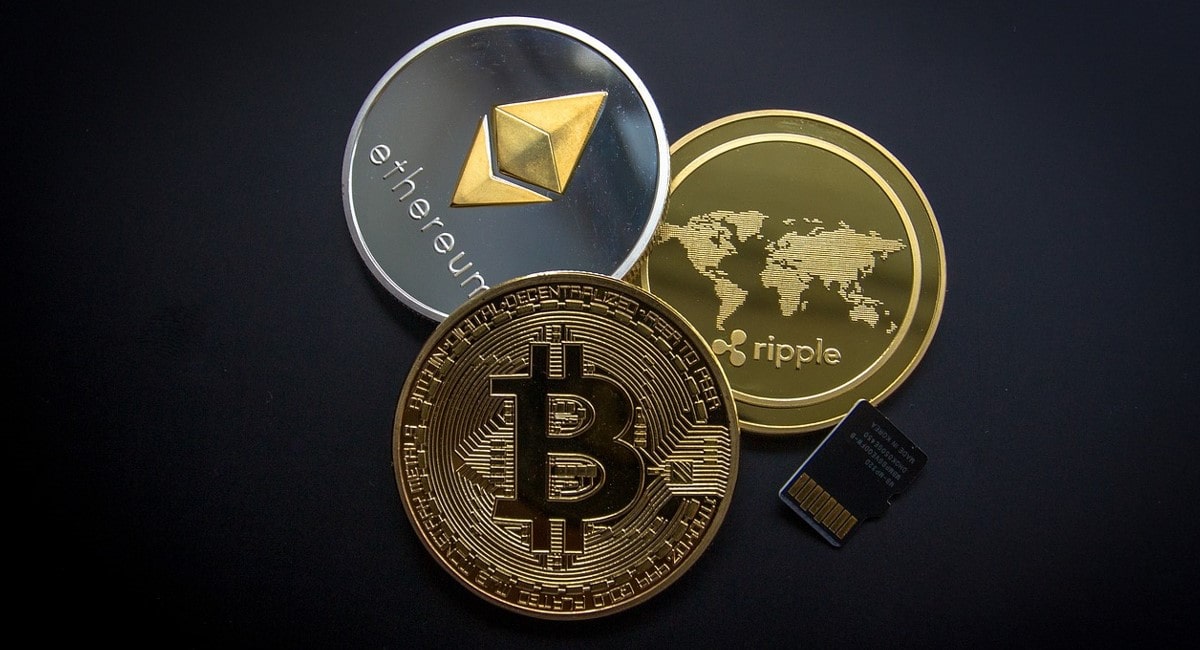
Current Adoption Trends
Payments for cryptocurrencies go beyond only computer enthusiasts nowadays. Rising on this trend to meet customer demand are more e-commerce sites. With a few clicks, companies like as Shopify and WooCommerce today let businesses accept Bitcoin, Ethereum, and other digital coins. Not a passing fad—even huge names like Tesla and Microsoft have dabbled in crypto payments, demonstrating it’s not. Experts estimate that more than 20% of internet businesses will provide as payment method by 2025—crypto. The reason is Since customers demand instantaneous, borderless transactions. Giving customers what they want is the essence of e-commerce, so right now bitcoin is popular.
Advantages for Cross-Border Transactions
Have constantly been stung with currency conversion charges while purchasing online? Indeed, it irritates me. That is where payments using cryptocurrencies shine. Since crypto is worldwide by design, one is not concerned with other currencies. Businesses entering foreign e-commerce sectors can handle cross-border payments without incurring such high bank costs. Transactions also happen faster, which pleases customers. Imagine offering a product to someone in Brazil or Japan without waiting days to handle payment. That is the ability of distributed systems. Globally operating businesses like Overstock have already witnessed how crypto payments help to balance overseas sales.
Security and Volatility Concerns
Let us now be honest; it is not all sunshine and rainbow. The swings in crypto values are really dramatic. You sold a $100 Bitcoin good for $80 or $120 tomorrow. Some businesses are turned away by the instability. One more issue is security. Although blockchain technology is safe, if you’re not attentive you run constant danger of hackers or frauds. Besides, rules are a shifting target. While some governments embrace cryptocurrency, others forbid it. Negotiating these guidelines is not always simple. E-commerce sites have to be current; else, they run the danger of fines and damaged customer confidence. Still, the benefits for those ready to dive can be well worth it.
Factors to Consider When Choosing Payment Systems
Customer Preferences and Demographics
Not every customer shops in the same manner. Particularly Gen Z younger customers may choose digital wallets and mobile payments. Older generations, on the other hand, might adhere to credit cards or bank transfers as that is their accustomed method. Geographic considerations obviously be rather important. Alipay and WeChat Pay lead the game in Asia; PayPal rules e-commerce in Europe. If your company aims for a worldwide market, you cannot just assume; you have to know what your customers utilize. Ignoring this could negatively affect sales. Nobody likes to abandon a cart when their preferred payment method is lacking.
Security and Fraud Prevention
Nobody relies on a dubious payment mechanism. Security is a necessary not only a bonus. Businesses cannot afford to take short cuts given the surge in online fraud—over $41 billion predicted in losses by 2025. These are the basics now; two-factor authentication, SSL encryption, and PCI compliance are not elegant extras. Customers assume their data is safe. One hack might damage the standing of your brand. Popular not only for ease but also for their investments in excellent security are sites like Stripe and Square. Everything in e-commerce comes from trust. Let it go; you lose business.
Transaction Costs and Platform Compatibility
While saving money is fantastic, those savings won’t count if your payment mechanism annoys clients. Every supplier charges costs; credit cards could charge two to three percent each transaction, while bank transfers are less expensive but slower. One has to strike a balance. High fees quickly eat into profits if you sell low-margin products. Conversely, customers will not put up with awkward methods in order to save a few bucks. Furthermore important is compatibility. Technical problems and missed sales will result from your e-commerce platform not working well with the payment system. Plerdy and other services assist in the analysis of conversion data so as to identify areas of client drop-off. Ultimately, selecting the correct technology is about making life simple for your customers as well as yourself—not only about cost.
In summary
Selecting appropriate payment methods for your e-commerce business goes beyond simply filling boxes; it’s about satisfying your customers and increasing sales. People are more likely to click that “buy” button when they may pay anyway they choose. Basic, right? Staying ahead is quite important in 2025 when trends are fast changing — BNPL is becoming popular, mobile payments are rising, and cryptocurrencies are starting to show up. Businesses who can adjust to these developments will find more loyal customers and better conversions. Nobody wants to miss sales over antiquated systems. Thus, maintain innovative, safe, and easy payment methods. Your bottom line and clients will appreciate you!
